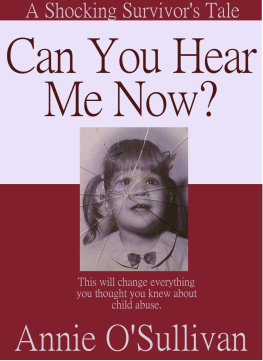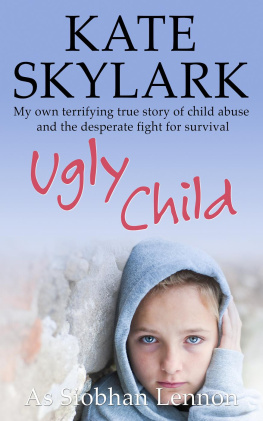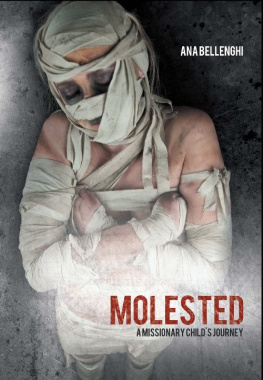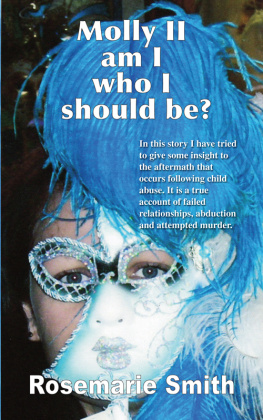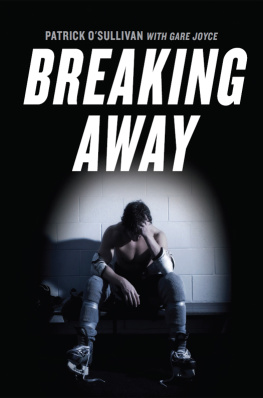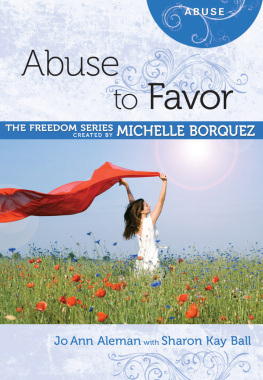Can You Hear Me Now?
By: Annie OSullivan
ireadiwrite Publishing Edition
Copyright Annie OSullivan
All rights reserved. No part of this book may be used or reproduced in any manner whatsoever without written permission from the author except in the case of brief quotations embodied in critical articles and reviews.
This ireadiwrite Publishing edition is published by arrangement with the Writer, contact at AnnieOSullivan@yahoo.com
ireadiwrite Publishing - www.ireadiwrite.com
First electronic edition published by ireadiwrite Publishing
Can You Hear Me Now?
ISBN 978-0-9812737-9-2
Published in Canada with international distribution.
Names and places have been changed to protect individual privacy.
Cover design: Michelle Halket
Acknowledgments
I would like to offer my sincere appreciation to my many friends who believed in me, cried with me and never stopped believing that surviving my experience had significance and purpose. Thanks to Michelle Hall my biggest fan for her optimism and endless encouragement. There are so many people over the seventeen years I tried to make this story readable that I cant list them all here. I want all of you to know that your endless patience in reading and re-reading my work looking for lapses is appreciated. This made all of you, not just me, a voice for those who, in their isolation, shame and pain have none. I would like to offer a special thanks to Teresa Dixon for her editing and elimination of those pesky commas that just kept growing and those late nights we fell asleep looking for them, and her husband for not complaining.
My deepest gratitude goes out to Carol Lambert, Deborah Geeseman, Teri Merz and Ramona Farmer for literally saving my life and teaching me how to find myself when I was lost. Each of you forced me to look in the mirror and see who I was and who I could be. You are all, wherever you may be today, responsible for the stillness and peace in my soul. Thank you does not convey what my heart holds for each of you, but its all I have.
Foreward
By: Carol Lambert
February 13, l992
One evening in January of 1989, I picked up a message from a distraught couple seeking therapy for the wife. A number of therapists had refused to take her military insurance coverage and the implored me not to turn them away. That was the beginning of what was for me one of the most instructive and rewarding relationships, I have ever had the privilege to experience in my work as a psychotherapist.
When I met with my new client a few days later, she told me a story of such complex, bizarre, and shocking detail that I wondered how she maintained enough mental stability to arrive in my office to tell it. The telling itself was an impressive act of courage; Annie took the risk that I would not believe her. Many people might doubt for instance that a double amputee in a wheelchair could terrorize an entire family to the point of complete obedience to his every mad and cruel whim. Experienced therapists, however, have learned that stories like Annies are usually true. We have numerous, well-documented accounts of unimaginable abuse, terror, and chaos from patients and clients whose families were dominated by one or two pathological, sadistic parents. Annie was one of many clients who have taught me about these families and the incredible resilience and inner strength of some of the children who survive them.
Over the three years of our work together, I also came to appreciate the enduring aspects of Annies struggle to survive familial abuse. Her attempts to find stability in relationships with men had led her into a number of marriages that started well and ended badly, including the one she was in at the beginning of therapy. Her relationship with family members seemed to be ten percent promise and ninety percent hurt, as one or another approached her offering support, but eventually betrayed and denied what she knew to be true about their past. She occasionally trusted the wrong friend, overworked herself and exploded in rages she didnt understand as she tried mightily to be normal.
In the midst of her efforts to be a good mother and to get on with her education, her growth, and her healing, Annie coped as well as she could with emotional intrusions from the past. During times of stress, she would bathe obsessively, scalding herself, going through a ritual of multiple rinses, trying to wipe off the last drop of contamination from the abuse. She walked in her sleep, woke up from unremembered dreams in a state of panic, had nightmares of bloody battles and consciously wondered when her father would come and kill her for telling. She kept a loaded gun in the house in preparation for that event. Sometimes she felt suicidal. Like all abuse survivors, she worried at times that it had been her fault or that she had imagined the entire story. She also feared that anyone who came to intimately know her would eventually abandon her.
There were also the physical remnants: vaginal, rectal and urethral scarring, several miscarriages in the space of a few years, vomiting after conversations with family members on telephone, frequent gastro-intestinal symptoms, a sense of being detached from the physical sensations of her body, unpleasant memories at times during sexual intimacy and flashbacks of the pain of rape.
The major task of our therapy was to safely let Annie have as many memories of her childhood as were necessary to allow her to understand her experience as real and explainable and then to find ways for her to put the abuse and her identity as a victim behind her. She had already began this work in Nevada, and as the trust between us grew, she was able to continue to tell her story and to document it with photographs, hospital records, her own writing and information provided by family members. Although to describe this work is easy, to accomplish it is most difficult. To do so, Annie had to face her sense of shame about what happened to her, the family that allowed it, the acts shed been forced to commit and who she had been as a child. In coming to accept the child, she also learned to appreciate the ingenious strategies for survival she had developed in her early years.
We made extensive use of artwork, sand tray therapy and group therapy to achieve our goals. Her artistic talent was a major vehicle for recording and expressing her history and her inner experience in therapy.
Three of her productions come to mind when I think of the stages of her healing. The first was a drawing in marking pens done in her second group session, eight months after our therapy began. It depicts a small girl of about four or five, whose body is scarred, bloody, impaled, and disabled, who is holding bricks in her outstretch hands (one of her fathers favorite forms of punishment) and who wears a pert little bow in her hair, with the caption, Daddys Little Girl, accompanied by a big black heart. The ironic caption summed up for Annie the denial and the deception practiced while her father committed his crimes. The picture also tells all her secrets, openly and graphically, about what was done to her. In this way, it represents the end of her own denial.
The second piece is a clay-modeled figure about four inches tall of her father in his wheelchair. In one hand, he holds his bullwhip, the other a carving fork hed used to stab her. His blood spattered t-shirt reads I (heart) MY KIDS on the front, and the back of the wheelchair bears the slogan, CHILD MOLESTER. He wears a pipe-cleaner gag. This gruesome little figure was the representation of her refusal to be intimidated by her father ever again. She immensely enjoyed that the group joined her in laughing at him, and that he was small enough to put into a shoebox and rattle him around if she wanted to.

